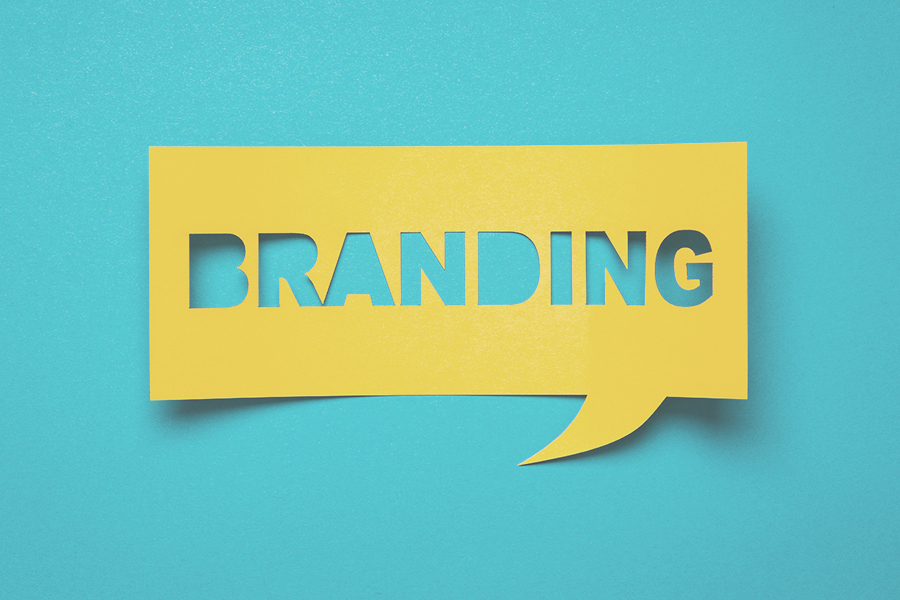What do you think of when you hear the word “Branding”? Most people probably think of a logo. . .maybe a color scheme and cute little icons that tell you which company’s app you’re using. But there are so many elements at work here, from the strategy of branding to the visual representation of the brand.
Strategic Branding
When I work with a new client- whether they are starting a new business, or rebranding/pivoting, we start with a conversation about strategic branding (although I probably wasn’t using that exact term until recently). Essentially, this boils down to the story that you want your brand to tell. The simplest way to break it down is into these three elements:
- The Audience
- The Story
- The way you’re communicating the Story to the Audience
Identifying your Audience
I often use the term “ideal audience” or “client persona” – and I encourage clients to really consider who their brand is serving, and what that person (or persons) likes and dislikes. It’s fun to get really specific with this exercise- give your persona a name and then consider their age, location, salary, wants/needs, etc. You might have one client persona or up to 3 (I don’t recommend more than that). This is who you’re telling your story to through your branding, content creation (articles, videos, social media posts, etc.) and marketing. The most important question to ask is “What problem does this person have and how can I help them solve it?”
Writing your Story
Now that you know who your audience is, you can start to think about how you should talk to this person. Are they going to respond best to casual language or more formal/professional language? Is the tone of voice you want to convey one of sympathy, leadership, fun, or wit? Once you are clear on the language, you are ready to create some important branding elements like a tagline, bio, and BIG WHY mission statement. Your BIG WHY can be just for you and your company to use as a compass, or you can share it with your audience. It should concisely explain why you created this business, who you serve, and what your mission is. This is like the synopsis of your brand’s story, and now you’re ready to write all the other chapters.
Visual Branding
Generally it makes sense to get very clear on the strategic branding before that can be translated into visual branding. The main element is the logo, but visual branding also includes many other assets like colors, photography, graphics, textures, and more. Just as you need to clarify your tone of voice, and the language you speak to your audience with, you also want to define the visual language you’ll use throughout all of your content and marketing materials. Once you’ve defined the audience and the story, you’ve already taken a big step towards defining your visual brand. For example, if my audience is mainly professionals and large corporations and my tone of voice is formal, I would likely use sophisticated serif fonts, classic/ traditional colors like navy blue, forest green, or deep gold and photography showing well-dressed people in an office setting.
Strategic Branding is laying the ground work for Visual Branding, which comes down to the execution of the strategy you set up beforehand. You can create the best product in the world and spend all of your money marketing it, but if the execution isn’t on point (i.e. visually appealing) then it’s not going to work. And likewise, you can have beautiful branding and marketing content, but if it’s not clear who you’re speaking to and why, it’s not going to connect.

